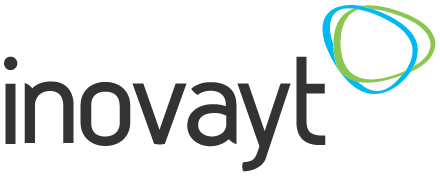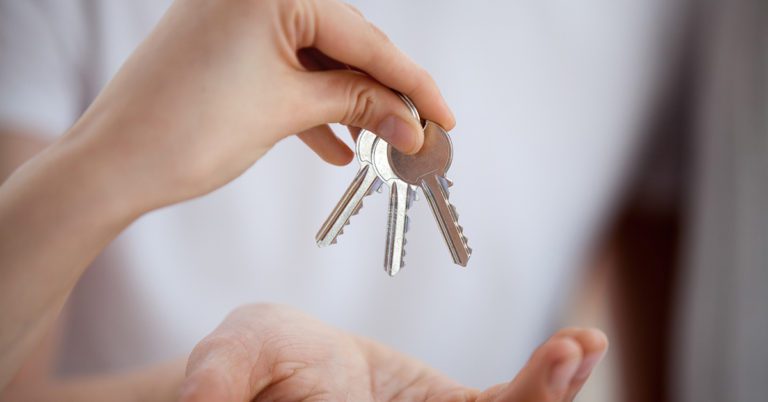Should I Buy a House?
Where do you buy it? What suburb? What city? How much do I pay?
These are the questions that most people jump straight into, yet the reality is that without an understanding of the purchase price someone has in mind, then the question of where, when and what just simply can’t be answered.
You may as well be browsing for mansions in Toorak or Potts Point for fun!
While many people jump straight ahead to browsing the property section, it’s important not to skip the personal evaluation part of the process.
This is arguably one of the most pivotal steps in determining your borrowing capacity and risk appetite and unfortunately, too many people make the mistake of skipping this step.
I have put together a step-by-step for anyone to follow, whether you are a first homeowner or looking for your second or third property.
It’s important to note that it’s never too early for a first home buyer to begin this conversation, so go and see your financer broker to help you understand these steps so you can begin to format a plan for the coming years.
Make a Realistic Property Decision in 5 Steps
Step 1: Borrowing Capacity
Determining your maximum borrowing capacity can give you a great starting point to have a conversation about the most suitable price point for you and your situation.
A good mortgage broker will take you through how your borrowing capacity differs between lenders and what to consider.
This will include a full assessment of your financial position.
Step 2: Risk Appetite
This should not be mistaken for borrowing capacity.
A good finance broker will take you through your scenario and pair that with your proposed scenario.
This helps to predict future costs such as mortgage repayments with buffers, property holding costs, insurance, repairs & cash buffers.
If the bank will allow you to borrow $650,000 to purchase a house worth $800,000, do you understand what that means from a cash flow perspective?
Is it in line with your plans for kids? Holidays? Future family home purchases?
There can also be discussions around the type of property you are looking to buy & if there are any risk considerations around this.
Step 3: Determine Price Point
Once we have done the deep dive into your current situation and future needs, the next step is to determine how your risk appetite transitions into a purchase price amount.
This could vary quite significantly depending on the deposit you have and your risk appetite, which is why it’s so important to have a conversation about your circumstances before you begin looking at properties.
For this example, let’s use the purchase price of $800,000.
Just because the bank will allow you to borrow $800,000, it doesn’t necessarily mean you need to take it.
Considering both risk appetite and borrowing capacity, you will make an informed decision on your price point, and you may decide that your price point is closer to $600,000.
Step 4: Purpose (Investment/Owner-occupied)
This is where things can go in a couple of different directions, depending on the individual, their circumstances and what they are trying to achieve.
At this point, you will have a good understanding of the correlation between an $800,000 owner-occupied purchase and your monthly cash flow.
This is a sensible, realistic view of what the costs are of holding a property and will give you the best chance of being able to hold this property for as long as you would like to without needing to sell because of external pressures.
On the other hand, some people may choose to pivot their strategy to something like reinvesting or they may choose to wait until they can reach their desired price point.
For example, if you are living in the eastern suburbs of Sydney, $800,000 could get you a 1-bedroom unit.
If this isn’t enough room for you or your plan, you have two options.
- Consider moving out of the area where you can purchase an asset that better fits your circumstances
- Consider purchasing an investment property
This would mean you continue to rent a home and enter into the property ladder through investing.
This depends on the individual and what you are looking to get out of the property purchase.
You should have a detailed conversation with your Mortgage broker/ Accountant/ Financial Advisor/ to get an understanding of your options.
Step 5: Begin Engaging your Strategy
When you get to this point, everything is clear and simple in your mind. Whatever your strategy or decision has been, you can focus your energy on finding the property that fits within your means.
If you start the process by looking at an online borrowing power calculator and then jumping straight onto Domain or realestate.com to look for places, you’re skipping ahead.
Units have different costs to houses and different floor plans can limit your plans. There are many variables that may mean you will need to go back to the drawing board.
So, follow the following steps;
- Borrowing capacity
- Risk Appetite
- Determine Price Point
- Determine the Purpose
- Engage your Purpose.
To find out more about me and how I can help you, click here.







